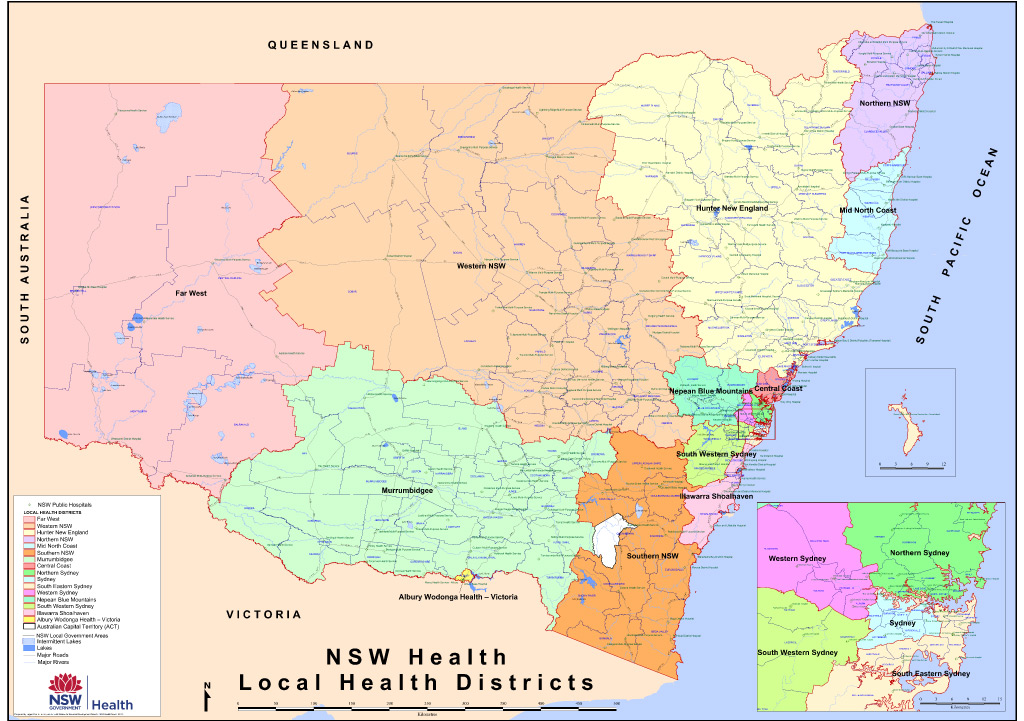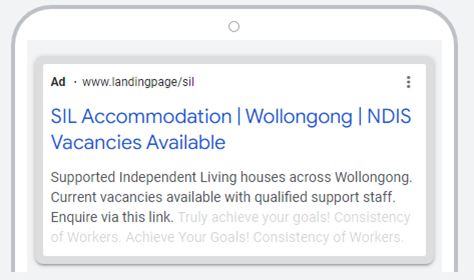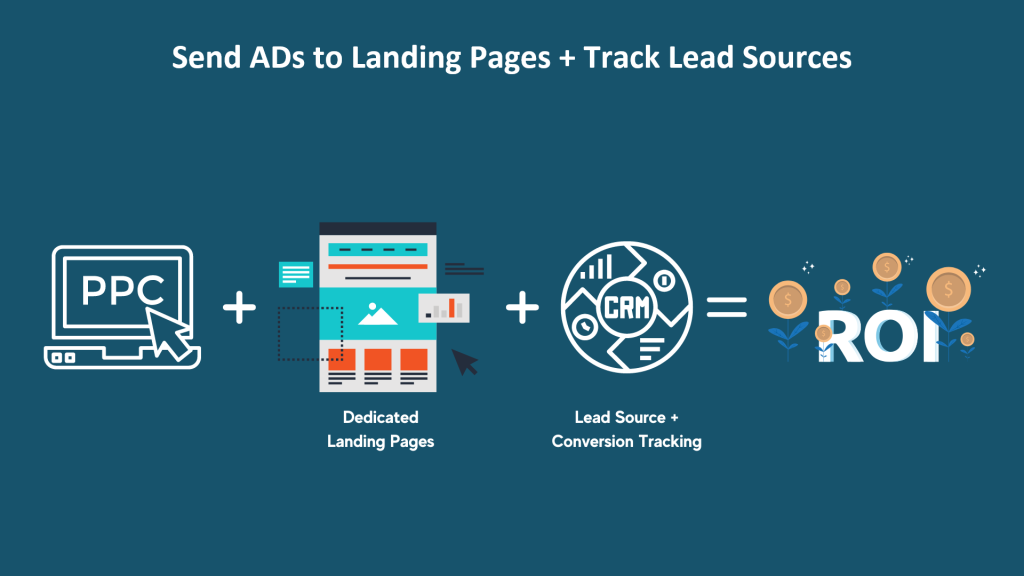Supported Independent Living is a goal of many providers, along with the combination of its risks and rewards.
If you are either wanting to get into the SIL market or are an existing SIL provider, here are three quick win approaches that you can employ to gain more business.
1. Local Health Districts
‘Exit block’ is a term used to describe the situation when patients receiving hospital inpatient care are medically able to be discharged but have no safe destination.
In June 2022, the Minister for the NDIS announced a new agreement with state and territory governments to improve the hospital discharge process for NDIS-eligible patients. The operational plan included increasing the number of dedicated hospital discharge staff supporting each state and territory, with 52 Hospital Liaison Officers (HLOs) and 54 hospital discharge planners.

“Before the operational plan was implemented in June 2022, there were 1,433 NDIS-eligible patients in public hospitals waiting to be discharged, with patients waiting around 160 days — over five months — for appropriate supports to be put in place through the NDIS so they could leave hospital”. The waiting times has radically improved in 2023, but there are still a high volume of NDIS participants ready for discharge. This is your opportunity to help them!
Hospital Liaison Officers often form SIL forums that meet regularly, for example once a month.
You can tap into this pipeline of opportunity by becoming part of one of these networks. Simply reach out to your Local Health District and ask to be out in touch with the dedicated Hospital Liaison Officer.
TIP: there can be a lot of SIL providers trying to get in on this, so try to distinguish yourself by also offering Medium Term Accommodation (MTA). MTA funding can typically last up to three months and can be well worth it. Bill Shorten made it a point that NDIS participants have this funding when exiting hospital. Be aware, however, that whilst 90-day MTA funding may be at 1:1 support ratio, that support ratio might drop down to 1:2, 1:3, or 1:4 after the MTA period.
2. Promote Your Vacancies
Having vacancies within your properties is a problem. It is dormant potential and an ongoing expense.

It is likely that you have a network of support coordinators that you trust. Make sure to have these in your CRM as a distinct SIL Vacancies “list”. You can use it to advertise vacancies to via email campaigns.
TIP: add a dedicated page to your website with property profiles (including great images) of your properties with vacancies. You can include the link to this page on your email campaign and post about it on social media.
Pro TIP: some larger support coordination companies have dedicated central administrative teams in charge of informing their support coordinators of relevant updates in their geographies. Develop a network with this team and add them to the SIL Vacancies “list” in your CRM too.
PRO TIP 2: reference this easy-to-use vacancy website page with the Hospital Liaison Officers.
3. Use Google ADs
Ongoing Google AD campaigns might be overkill but having a series of SIL focused campaigns ‘ready to go’ might help you in times of need. This allows you to turn the tap on and off as required.
Here are three tips for Google ADs (see this webinar, Transform Your NDIS Marketing with Google Ads)
TIP 1: use geo targeted campaigns and geo targeted advert keywords to make your ADs stand out.

TIP 2: use negative keywords to weed out the budget wasting keywords.

TIP 3: drive the Google campaign to a landing page with a hard coded lead source, so that CRM knows where the lead came from. You will need this to calculate your return on investment.

What else?
SIL is a whole world of opportunity and complexity but can often be boiled down to basics when it comes to drumming up new business. Remember that the demand is already there, you just need to employ strategies that create a connection point to your services.
If you are interested in developing your NDIS Marketing Strategy, then check out our NDIS Marketing Masterclass.

If you are looking for a in-depth guide, then download The NDIS Marketing Guide

References
1. Australian Medical Association: https://www.ama.com.au/articles/hospital-exit-block-symptom-sick-system
2. NDIS News Release 13 Feb 2023:



